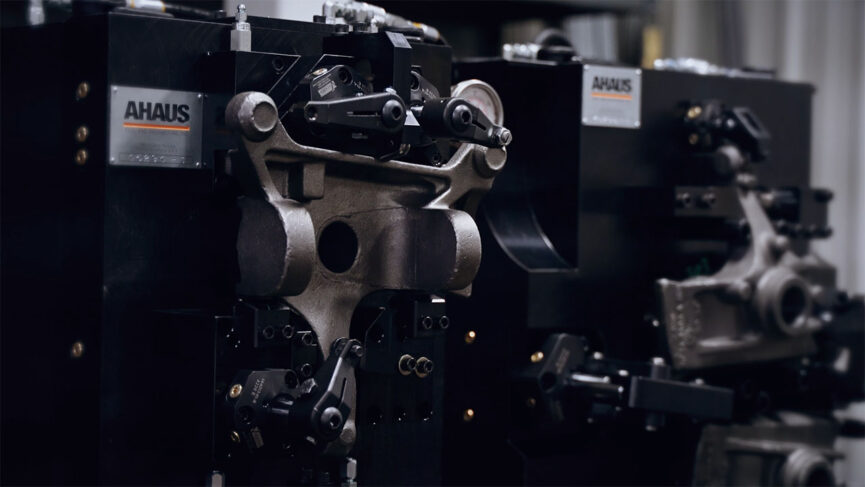The design and processing of any manufactured part or workpiece requires meticulous planning. Whether cut, drilled, shaped or machined, the goal of any manufacturing outfit or job shop is to produce precision products on a consistent basis.
One very important but relatively “unsung” aspect of the manufacturing process is the workholding device used to keep a part in position as work is being performed or moved through production. Also referred to as “machining fixtures,” workholding devices come in the form of vices, grippers, chucks, clamps or, in more elaborate situations, robotic systems. Workholding systems can also be customized to meet the needs of a particular job.
Workholding Basics
A basic workholding device or fixture can be as simple as a screw clamp fastened to a work table. One commonly-known machining fixture is the “chuck” on a lathe that holds a part in place as it rapidly spins. Workholding apparatuses may be stand-alone devices or machine fixtures that secure workpieces as they move or rotate.
Workholding Solutions for Every Situation
The size, configuration and tolerance level of a part and the approach to the work that will be performed on it are all considered during the design phase of a project. The workholding solution plays a crucial role in this process. Some workpieces only require basic clamps or vices, while others are subjected to more involved manufacturing procedures that may call for complex solutions such as automation equipment to manipulate and move them from place to place.
Workholding devices are designed to firmly hold parts without causing them damage. They allow for uniformity and accuracy in the processing of multiple “like” parts, and keep workpieces securely locked into place, therefore contributing to a safe working environment.


